The National Research Institute of Maritime Cultural Heritage logo
Island Cultures of Korea
Sinan-gun, Jeollanam-do
Manjaedo, Heuksan-myeon
Uido, Docho-myeon
Soochido, Anjwa-myeon / Sachido, Bigeum-myeon
Okdo, Haui-myeon
Byeongpungdo, Jeungdo-myeon
Damuldo, Heuksan-myeon
Jaewondo, Imja-myeon
Banwoldo/Bakjido, Anjwa-myeon
Gageodo, Heuksan-myeon
Goido, Aphae-myeon
Yeonggwang-gun, Jeollanam-do
Anmado, Nagwol-myeon
Wando-gun, Jeollanam-do
Yeoseodo, Cheongsan-myeon
Buan-gun, Jeollabuk-do Wido
Wido-myeon
Boryeong-si Chungcheongnam-do
Wonsando, Ocheon-myeon
Tongyeong-si, Gyeongsangnam-do
Nodaedo/Dumido, Yokji-myeon
The island cultural heritage investigation began in full-swing after the Manjaedo investigation in 2007, when the Maritime Heritage Research Division was established during the organizational expansion of the National Research Institute of Maritime Cultural Heritage. In 1993-2002, before the organizational expansion, there was a "Traditional Ship and Fishers Folklore Investigation" in the regions of Nagwoldo in Yeonggwang-gun, Gageodo Island in Sinan-gun, Jeju-do Island, Ganghwado in Gwanghwa-gun, Gwanmaedo in Jindo-gun , Chujado in Jeju-si, Ulleungdo in Ulleung-gun, etc.. The results of those investigations provided important data for conducting further research.
Various cultural remains such as archaeological material, tangible and intangible folk material, traditional architecture, etc. exist in islands. Through investigation of the lives of the islanders, the daily patterns of people that adapt to the seaside life can be understood. If an island research is planned, the first thing to identify is the ebb and flow of the tides. The livelihood of people living on islands follows the time of the tides, and greatly impacts the direction of the study. Also, the name of the island contains its history. For the investigation of island cultural heritage, document research and preliminary investigation are conducted for designating a target for investigation. Using the results from the preliminary research, a research group is created through an advisory conference with professionals. Once the research target is designated, field survey is then conducted. Before conducting field survey of island cultural heritages, an briefing session is to be held for the residents of the island. The briefing session creates a sense of fellowship and closeness with the residents and contributes to smooth investigation. Fostering a sense of fellowship and bond with the residents of the island is extremely important. Especially in the areas of folk and life histories, which rely on oral statements, the outcome of the investigation literally depends on the degree of closeness with the residents. The field study is conducted by dividing the investigation period into 4 phases in accordance with the season and tides to include in video the daily patterns of the residents’ livelihoods and the changing natural environment more accurately.
-
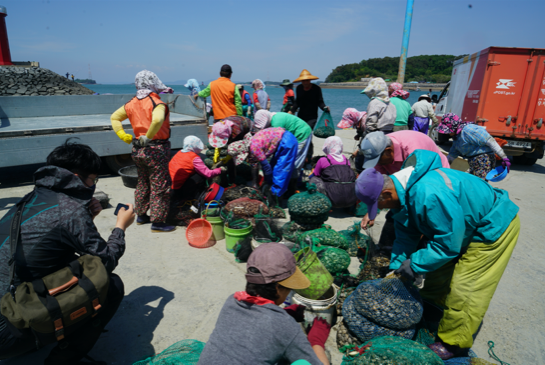
Wonsando, Boryeong-si, Chungcheongnam-do
Clam Collection -
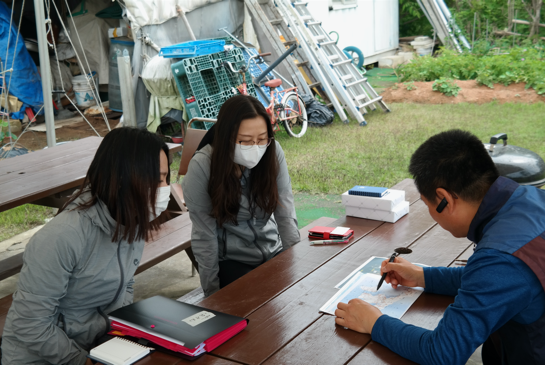
Wonsando, Boryeong-si, Chungcheongnam-do
Investigation of Place Name -
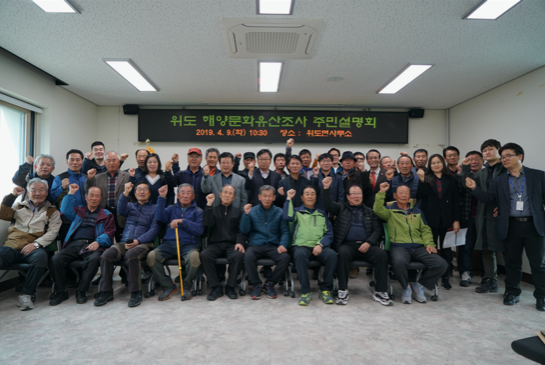
Wido, Buan-gun, Jeollabuk-do
Briefing Session for Local Residents -
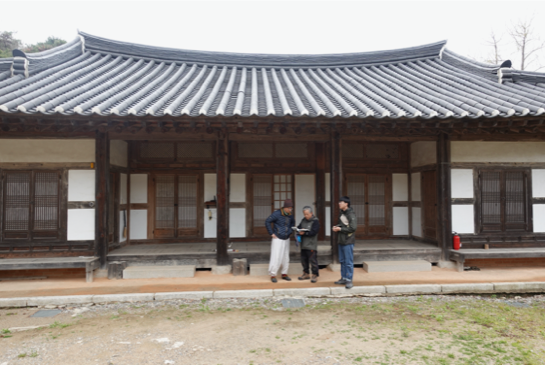
Jeollabuk-do, Buan-gun, Wido
Naewonam Hermitage -
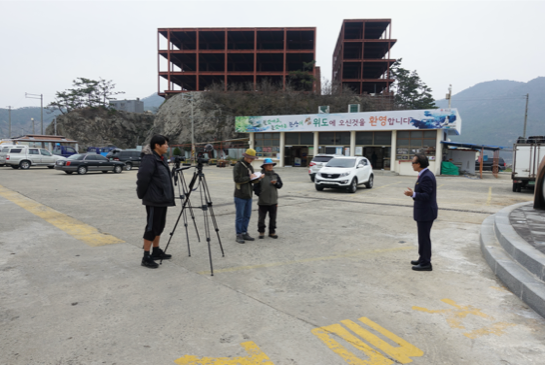
Wonsando, Boryeong-si, Chungcheongnam-do
Interview with Commentator -
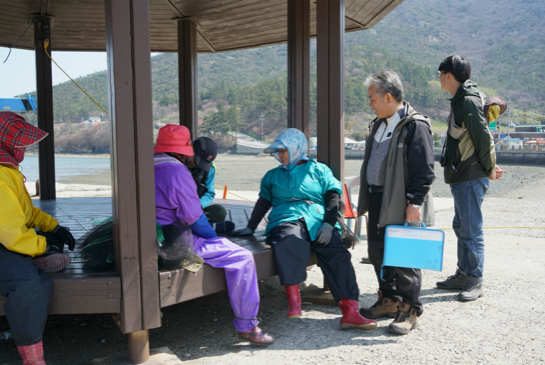
Wido, Buan-gun, Jeollabuk-do
Marsh Work at Jin-ri -
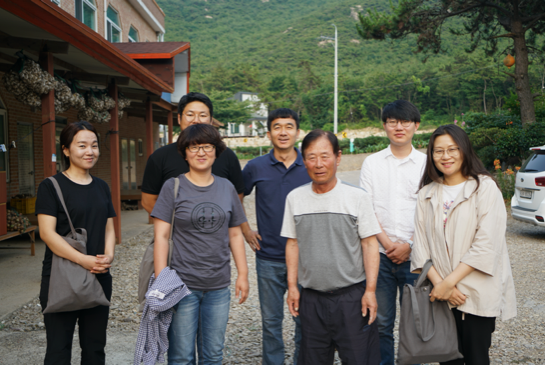
Wido, Buan-gun, Jeollabuk-do
Photo of Researchers -
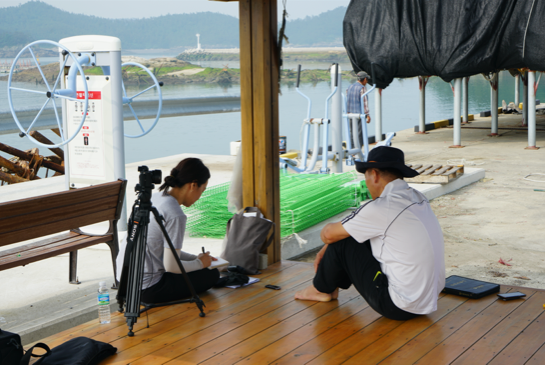
Sikdo, Buan-gun, Jeollabuk-do
Interview with Chief Fisherman -
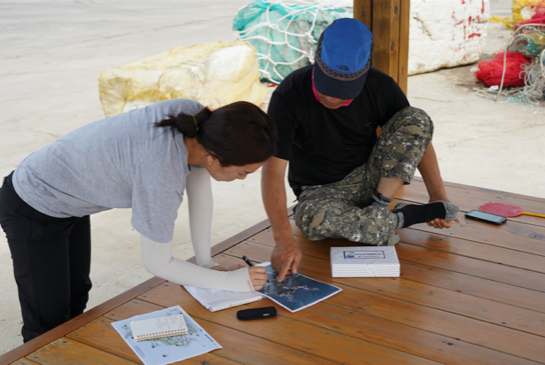
Sikdo, Buan-gun, Jeollabuk-do
Interview with Village Foreman -
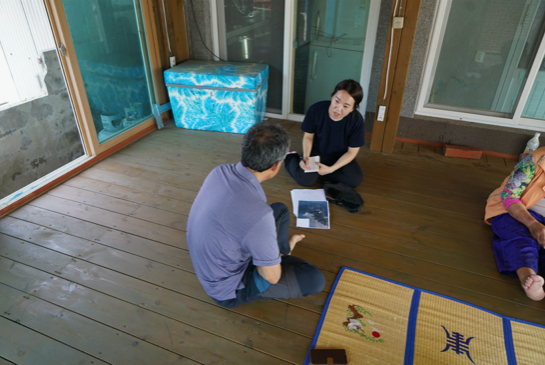
Wido, Buan-gun, Jeollabuk-do
Interview with Residents of Jeonmak-ri -
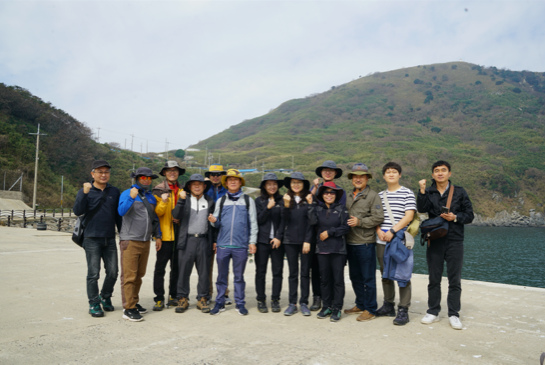
Wangdeungdo, Buan-gun, Jeollabuk-do
Photo of Researchers -
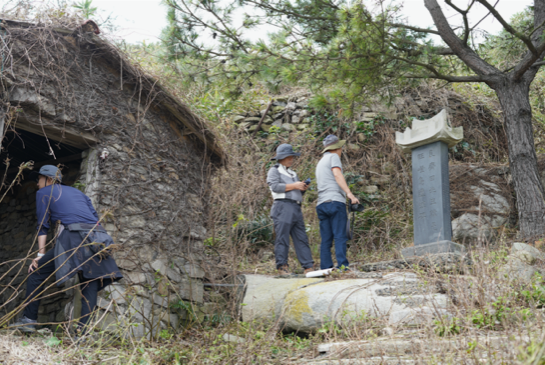
Wangdeungdo, Buan-gun, Jeollabuk-do
Investigation of Headstone -
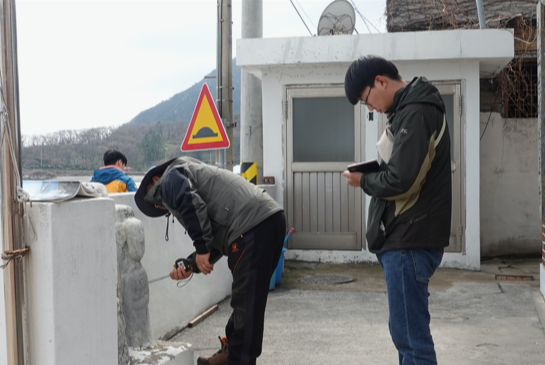
Wido, Buan-gun, Jeollabuk-do
Investigation of the Conservation Condition of Muninsang Statue -
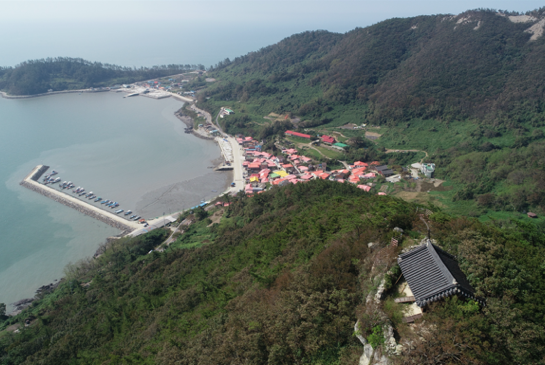
Wido, Buan-gun, Jeollabuk-do
Temple shrine -
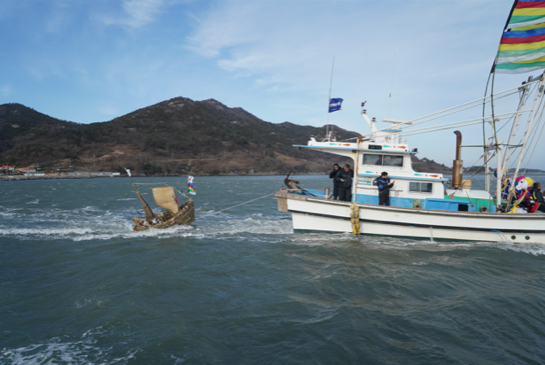
Wido, Buan-gun, Jeollabuk-do
Ttibaennori
The institute is recording the history and culture of islands by producing a video documentary and an investigation report based on the research that we conduct each year. A comprehensive academic investigation for small islands provided an opportunity to further understand maritime culture through the discovery of new archaeological and historical sites and the information from the inhabitants of the island.
The content of island cultural heritage investigation is shared with the public, and various programs are conducted in connection to provide opportunities for local residents to participate. An example of one of these opportunities is local seminars. Additionally, a video documentary on the maritime cultural heritages of the investigated islands is produced and screened for the local residents, and a photo exhibition is held using the photos from the investigation.
-
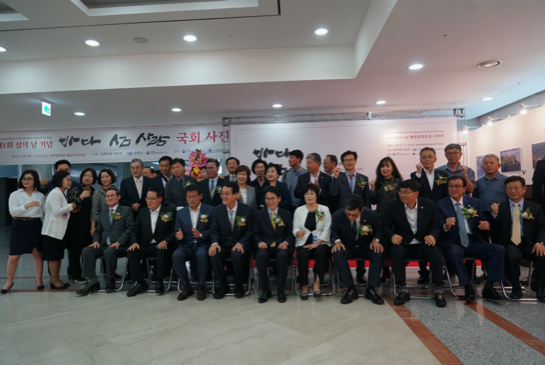
Exhibition
Photo Exhibition: Sea, Island, and People -
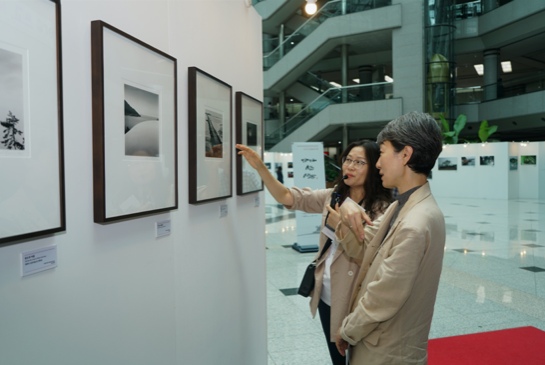
Exhibition
Photo Exhibition: Sea, Island, and People -
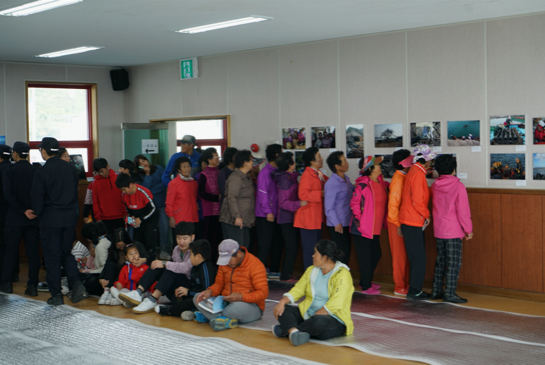
Exhibition
Photo Exhibition at Gageodo -
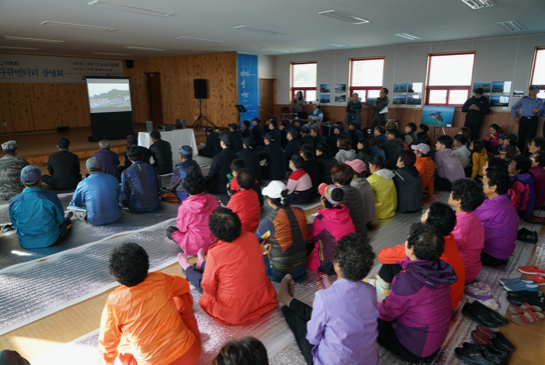
Exhibition
Documentary Screening at Gageodo -
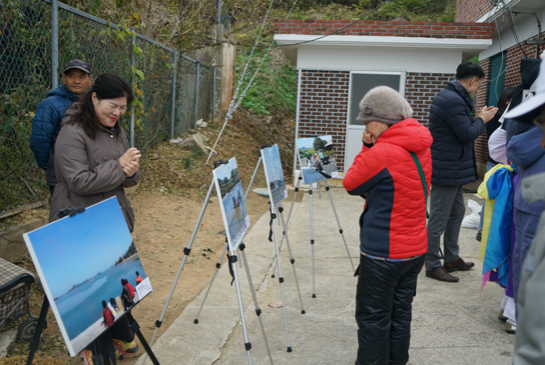
Exhibition
Photo Exhibition at Goido -
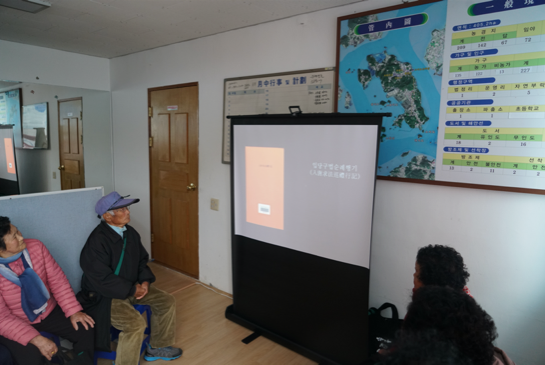
Exhibition
Documentary Screening at Goido
-
Administrative Office Maritime Heritage Research Division
-
Contact 061-270-2090
